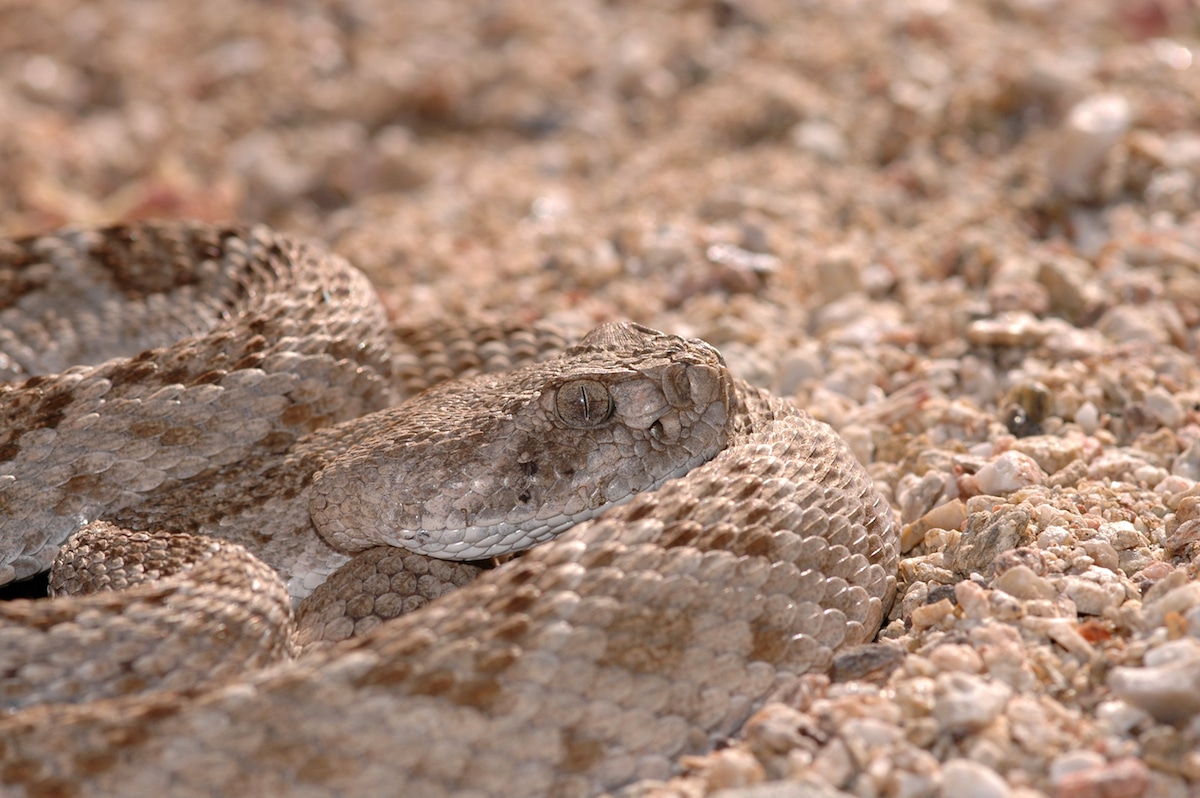
The Buff-Tip Moth has developed an astounding camouflage that helps it to hide in plain sight among trees and branches.

The color and shape of the wings of the Brimstone Butterfly allow it to blend in perfectly with green vegetation while resting. An Arctic fox changes the colour of its fur. A wolf peeks behind a tree during fall in Montana. Chameleons also use camouflage to express their mood they turn yellow, dark blue or even black when they are annoyed. It also demonstrates the methodologies used to. It introduces the different types of camouflage and how they work, including background matching, disruptive coloration and obliterative shading. Patterns on the owl’s feathers help them blend into tree bark seamlessly. Using studies of both real animals and artificial systems, this book synthesises the current state of play in camouflage research and understanding. The chameleon can match the exact colour of its surroundings. Bubo virginianus (Great Horned Owl) The Horned Owl is the perfect camouflage inspiration for the owl butterfly, as the owl itself is a master of the art form.
Animal camouflage skin#
Others, like polar bears, have physical structures in their hairs that work like prisms, scattering light of all colors, which we see as white. An octopus can change the colour and texture of its skin in a jiffy, so that it can hide in the flora of the ocean floor. Some animals, like octopuses, have biochromes, microscopic pigments that absorb and reflect light to change the actual color of the animal. There are two ways to create camouflage: with pigments and with physical structures. If the predator is colorblind, for instance, the prey does not have to blend in with its background. Encourage your child to match each animal with the correct environment and talk more about. For example, the black-and-white stripes of a zebra herd may create a camouflage that can confuse predators.įinally, a predator’s behavior or physical traits will help determine the method of camouflage. For instance, animals with fur use different camouflage tactics than those with feathers and scales, since fur takes weeks or months to grow and change color, while scales and feathers can shed and change colors quickly.Ĭreatures that live in groups have different tactics from those that are solitary.

Animal camouflage free#
Then using the free printable page I made, we sorted a variety of miniature animal figurines into their correct habitat and talked about how they were camouflaged in their environment. What determines a camouflage tactic?Īn animal’s camouflage tactic depends on a few factors. Animal Camouflage Lesson: For this lesson we read about how animals in different habitats use camouflage in the Encyclopedia of Animals. For example, the California ground squirrel chews up rattlesnake skin into a paste and applies it to its tail to discourage and confuse rattlesnakes. You’ll need an assortment of little plastic animals from a variety of ecosystems and this free printable. Teach your preschooler about animal camouflage and habitats with this simple hands-on science activity. This camouflage form works through dismantling the outline that an animal through a strongly contrasting pattern. Animal Camouflage Hands-on Science Activity by Stir the Wonder. Birds pass them by without a second glance since these insects from southeast Asia look more like dead leaves than butterflies. Animal camouflage provides some of the most striking examples of the workings of natural selection, whether employed defensively to reduce predation. The contrasting coloration of the Papuan Frogmouth allows it to hide in plain sight. A tiger s stripes in the long grass, and the battledress of a modern soldier are examples. If the natural colour of an animal makes it look like its surroundings, that is camouflage. Animals can cover up their own smell or mask themselves in another species’ scent to avoid predators. Complete with fake leaf stalk, fake leaf veins, and perfect dead-leaf coloring, leaf butterflies have the whole camouflage thing down pat. Without it, an animal would be recognised easily.

Olfactory camouflage involves smell instead of color. Okefenokee Swamp, Georgia Photograph by Graham McGeorge, National Geographic Your Shot Here are some examples.Eastern Screech Owl. There are many examples of rainforest species which are cryptically colored to match their surroundings. Camouflage is often used by prey as a way to disguise themselves from predators. Level 6: Animal Camouflage CLIL Author: Caroline Laidlaw ISBN: 9781408288481 Series: Pearson English Kids Readers Genre: Non-Fiction,CLIL English Type. It is common among invertebrates, including some species of octopus and squid, along with a variety of other animals.


 0 kommentar(er)
0 kommentar(er)
